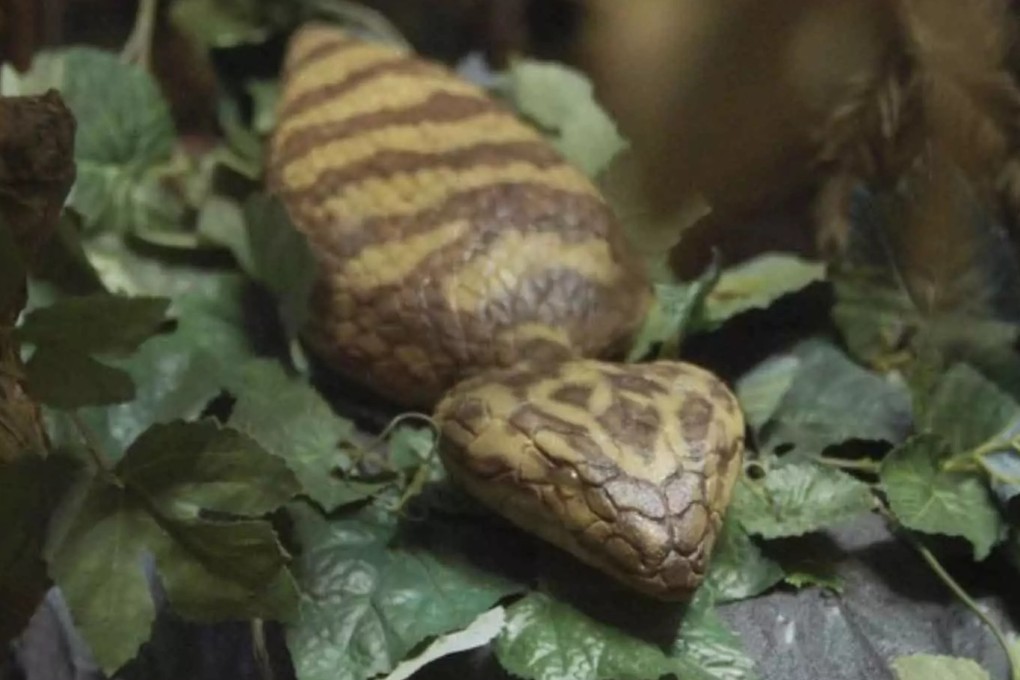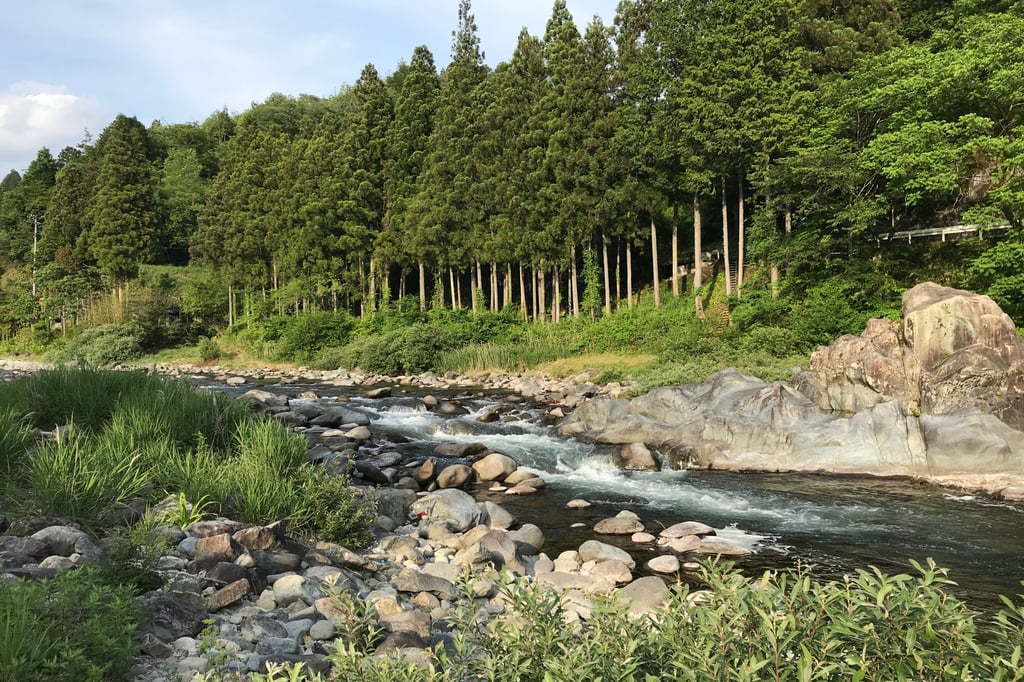Mythical Japanese snake creature many villagers swear is real explored in new film that looks at how Japan has changed
- Resembling snakes, the tsuchinoko are feared by some rural Japanese as messengers of the gods that can bring misfortune to those who encounter them
- In Japanese director Tomoki Imai’s film on the creature, what emerges through interviews with more than 60 people is a narrative of a changing country

For the overwhelming majority of people in Japan, the tsuchinoko, a creature resembling a fat snake that has never been conclusively confirmed as real, does not exist.
But a new documentary film that began screening in Tokyo on Saturday is asking audiences to reflect on what changing beliefs in the creature – which has shape-shifted from folklore tale to trophy-hunt animal to fictional regional attraction – tell us about how the country has changed since the mid-20th century.
Its director, Tomoki Imai, specialises in documentaries exploring how rural communities’ customs are shaped. A native of Higashishirakawa, a village in Gifu prefecture with the most recorded tsuchinoko sightings nationwide, his childhood belief in the creatures has long since given way to dismissal and embarrassment that his hometown is synonymous with them.
Today, the village – in a lush, mountainous part of central Japan – is known for its annual May 3 hunt, for which paying crowds have gathered since 1989 in hopes of bagging one of the mythical creatures and an as-yet-unclaimed 1.32 million yen (US$8,500) prize.

Tsuchinokos (meaning “child of hammer” or “dirt child”) are said to have beer-bottle-shaped bodies measuring 30cm to 80cm (12in to 31in), a triangular head, and a short, stubby tail. They are reportedly able to jump, and move forwards and backwards like an inchworm, rather than slithering like a snake. Records of the creature go back centuries.